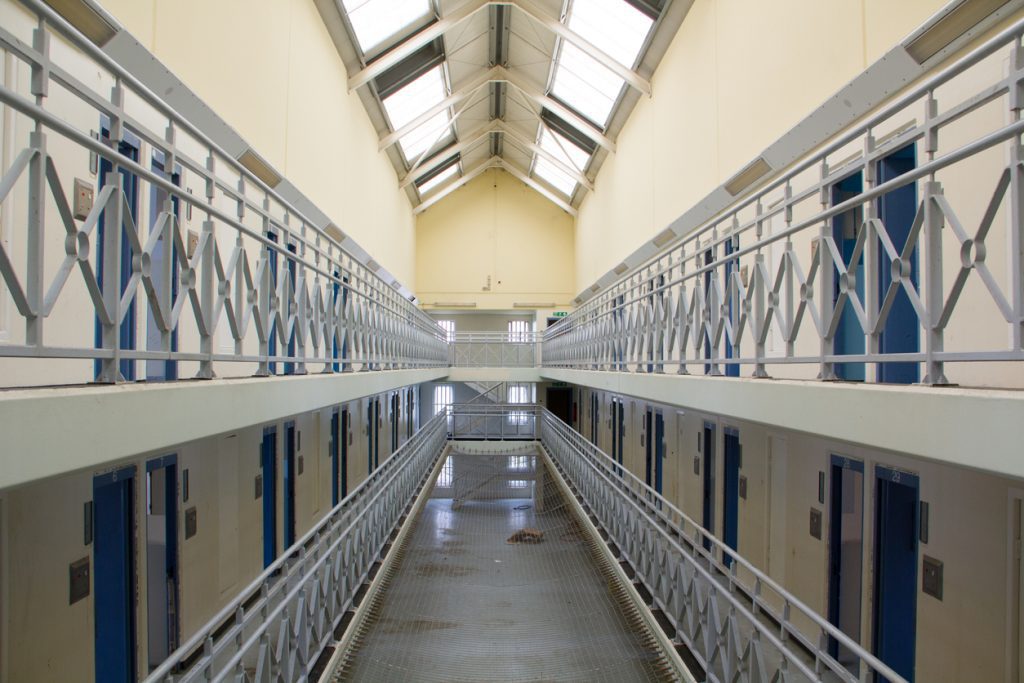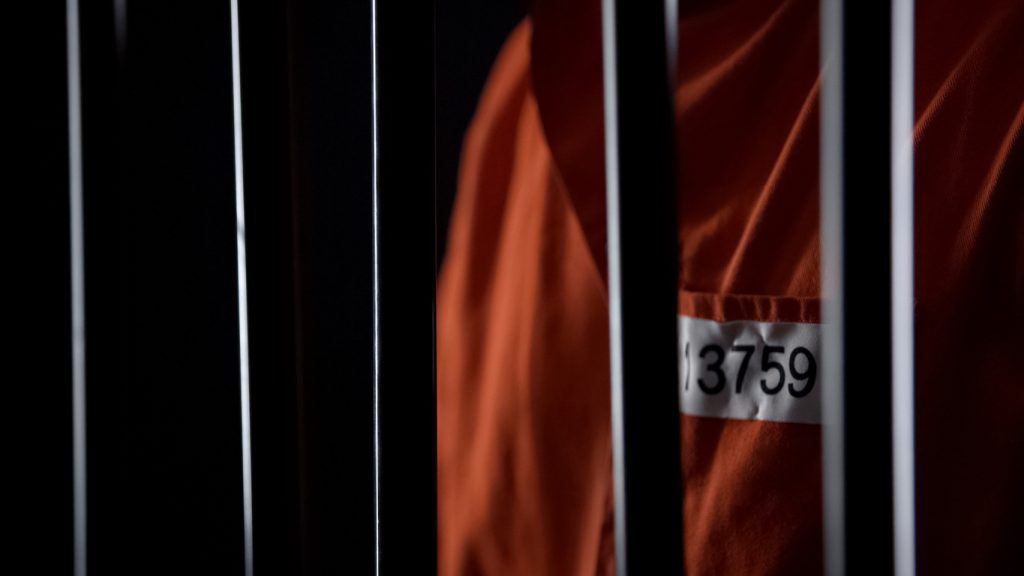The short answer is no. People cannot choose which jail or prison they go to. When taken into custody, a person has no right to go to the jail or prison of their choice. Instead, law enforcement will detain a person in any suitable place of confinement according to applicable law.
While people often use the terms “jail” and “prison” interchangeably, they are different. A jail is a local place of confinement for those waiting for trial or while serving short-term sentences. A prison, on the other hand, is a place where people serve time after their conviction, usually for felonies (not misdemeanors).
Local law enforcement or government agencies such as county governments usually operate jails. Most states operate one jail per county. Prisons are operated at the state level by a state Department of Corrections (“DOC”) and at the federal level by the Bureau of Prisons (“BOP”).
At sentencing for a state or federal crime, a person can request, and the sentencing judge can recommend, placement at a particular institution. However, prison authorities control the final determination. And judges almost always avoid direct involvement in that decision.
Indeed, the BOP states that “upon sentencing in Federal District Court, the Bureau of Prisons has the sole responsibility in determining where an offender will be designated for service of his/her sentence.” You can read more about the BOP’s “Designations” process here.

How do officials determine which jail or prison you will go to?
A person’s security classification level and how much staff supervision an institution provides has a big impact on which jail or prison you go to. Factors authorities consider may also include family ties, medical needs, program availability, jobs, prison population and overcrowding, substance abuse treatment needs and many others. However, a person’s designation to a particular institution depends primarily on their security level (minimum, medium and maximum) and the supervision they require.
Authorities try to accommodate programming needs whenever possible because not all institutions offer every program. For example, many federal and state prisons offer residential drug abuse treatment programs. Where a person needs to undergo that kind of treatment, prison staff will try to designate them to an institution that meets the need at the outset.
Staff may also consider a transfer when the initial designation does not accommodate a person’s treatment or education needs at the beginning of their prison term. In the federal system, people have to initiate a transfer request at their institution through their case managers. The BOP evaluates each transfer request and makes decisions based on the information they receive from the original institution.
Maintaining family and community ties is important. In fact, in the federal system, the BOP must attempt to place everyone within 500 driving miles of their home address. Prison officials will evaluate this factor during initial designation and for transfer requests.
Accommodating serious medical issues is also a factor, and some people get placed into medical facilities to serve all or part of their sentences if their circumstances warrant it.

The Takeaway:
Unfortunately, people cannot choose where they go for pretrial detention, nor can they choose where to serve their sentence. Prison authorities often try to accommodate requests made by the sentencing judge, but there is no guarantee that they will do so. A possible transfer after the initial designation is the next best option.






